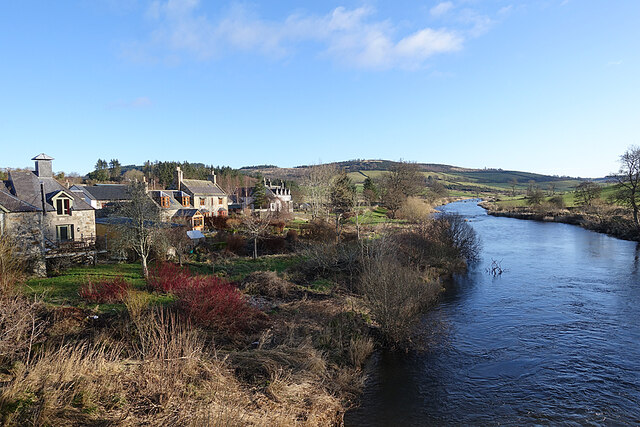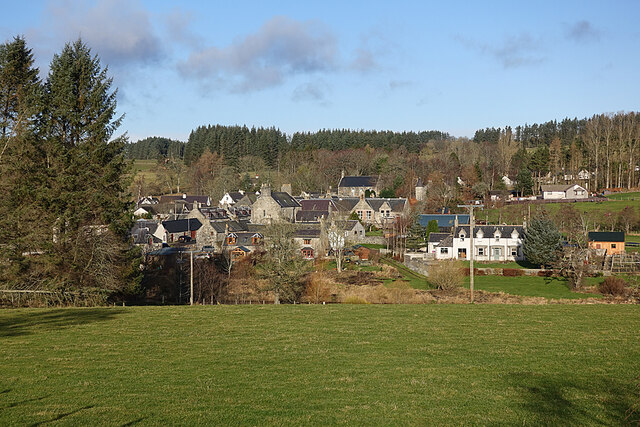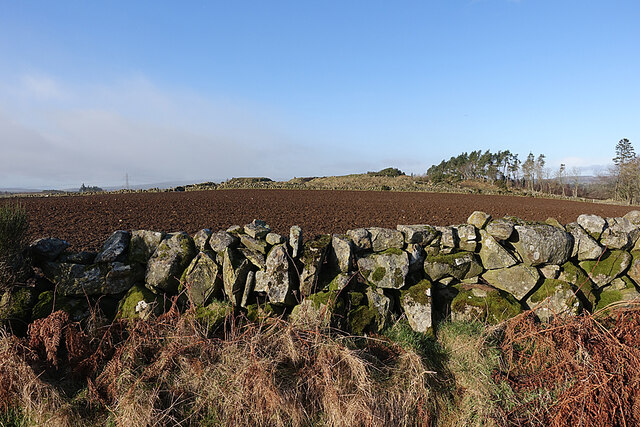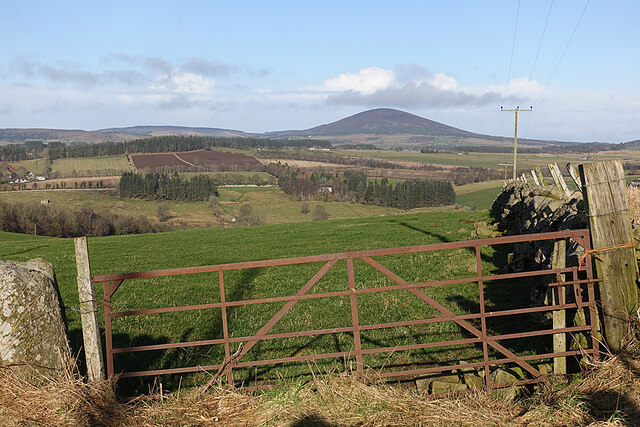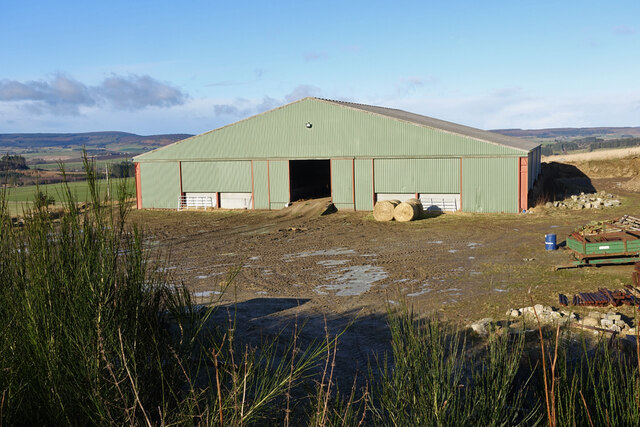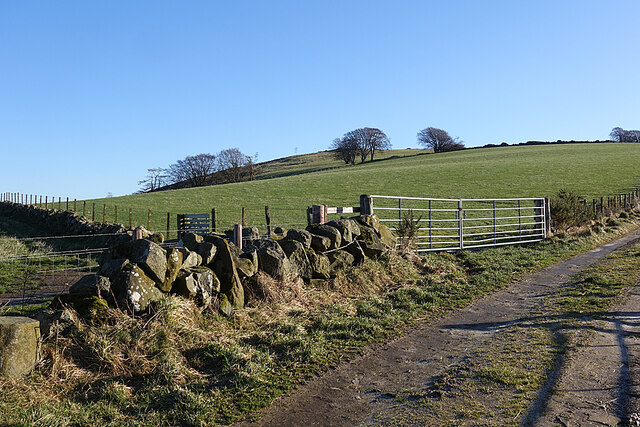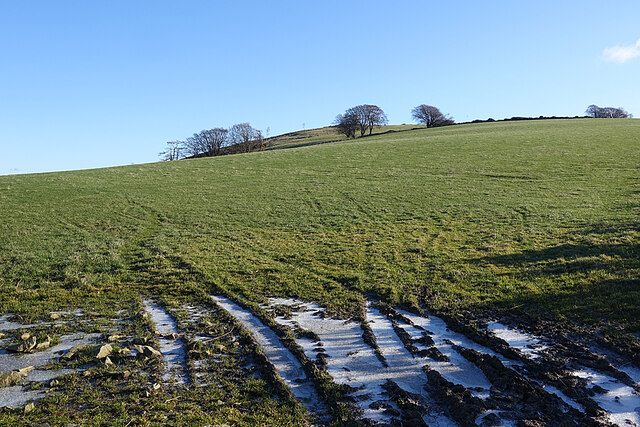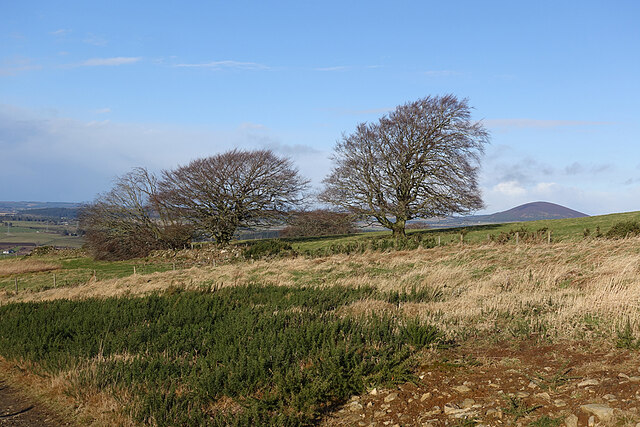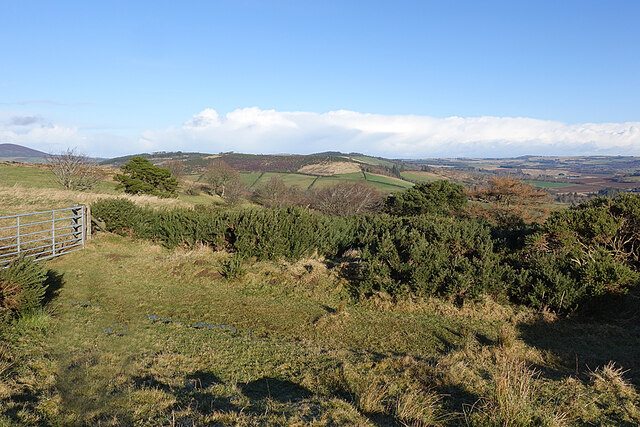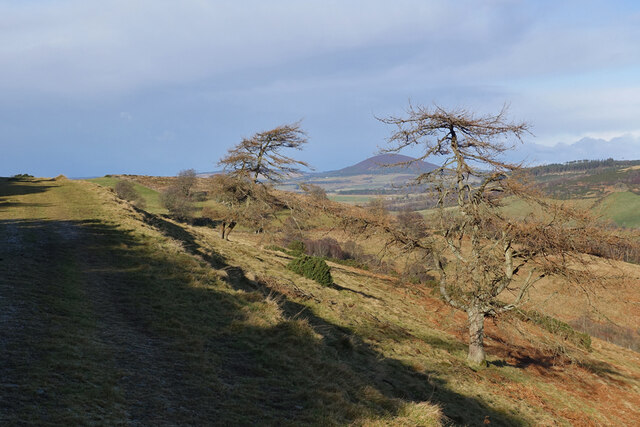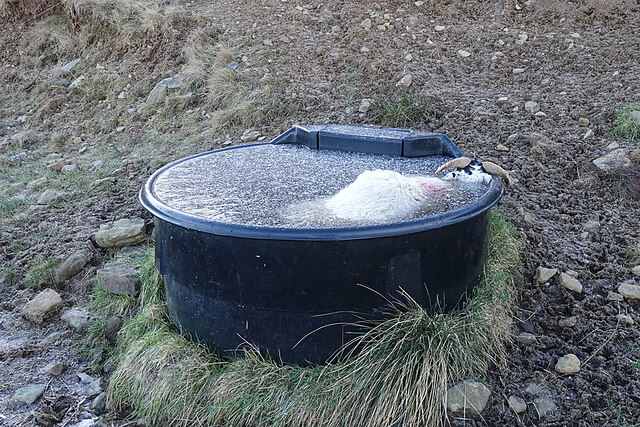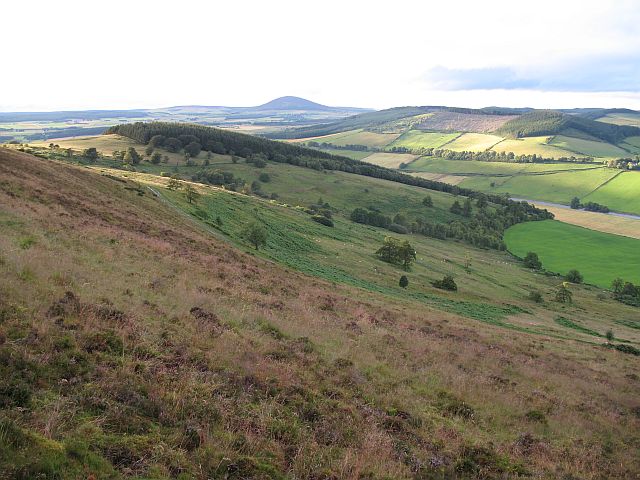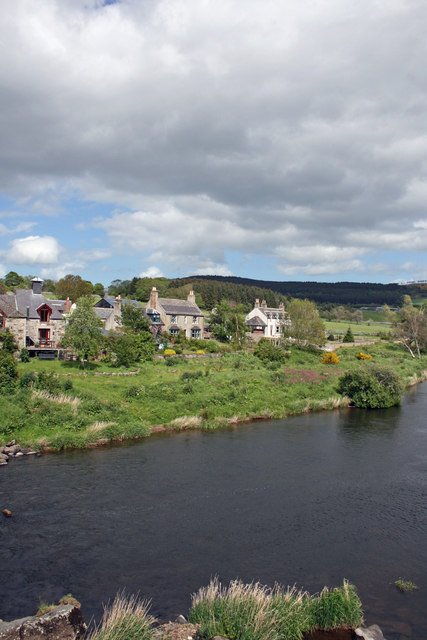Woodfold Wood
Wood, Forest in Banffshire
Scotland
Woodfold Wood
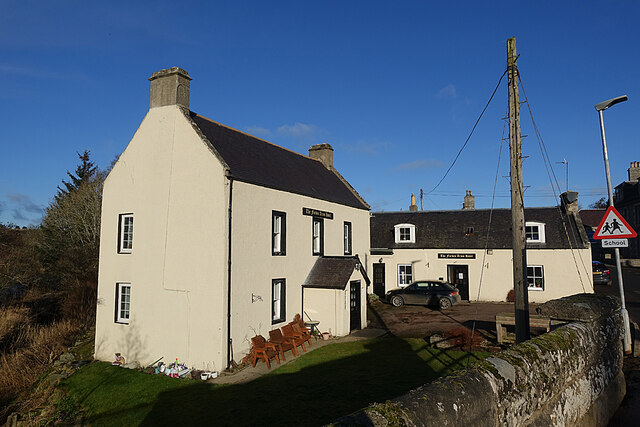
Woodfold Wood is a charming forest located in Banffshire, Scotland. Covering an area of approximately 200 acres, it is a haven for nature enthusiasts and outdoor adventurers alike. The forest is situated in a picturesque setting, surrounded by rolling hills and offering breathtaking views of the countryside.
Woodfold Wood is predominantly composed of native tree species such as oak, birch, and pine, creating a diverse and vibrant ecosystem. The dense vegetation provides a sanctuary for a wide range of wildlife, including deer, foxes, and numerous bird species. Birdwatchers will be delighted by the opportunity to spot species such as woodpeckers, owls, and various songbirds.
The forest features well-maintained walking trails that wind through its enchanting landscape, allowing visitors to explore its beauty at their own pace. These trails are suitable for all fitness levels and provide a peaceful setting for a leisurely stroll or a more vigorous hike. Along the way, visitors may encounter picturesque streams, charming bridges, and hidden clearings, adding to the sense of tranquility and natural beauty.
Woodfold Wood offers a variety of recreational activities, including picnicking, birdwatching, and photography. The forest is also a popular destination for nature workshops and educational programs, allowing visitors to learn more about the local flora and fauna.
Overall, Woodfold Wood is a must-visit destination for nature lovers and those seeking a peaceful retreat. Its stunning natural beauty, diverse wildlife, and well-maintained trails make it an ideal location for outdoor enthusiasts to connect with nature and appreciate the wonders of the Scottish countryside.
If you have any feedback on the listing, please let us know in the comments section below.
Woodfold Wood Images
Images are sourced within 2km of 57.513041/-2.7280871 or Grid Reference NJ5647. Thanks to Geograph Open Source API. All images are credited.

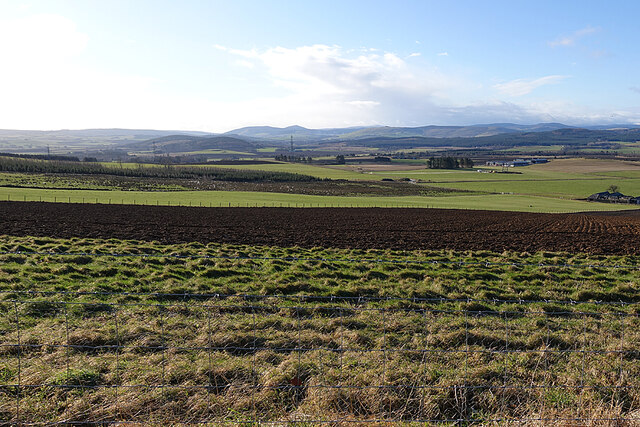
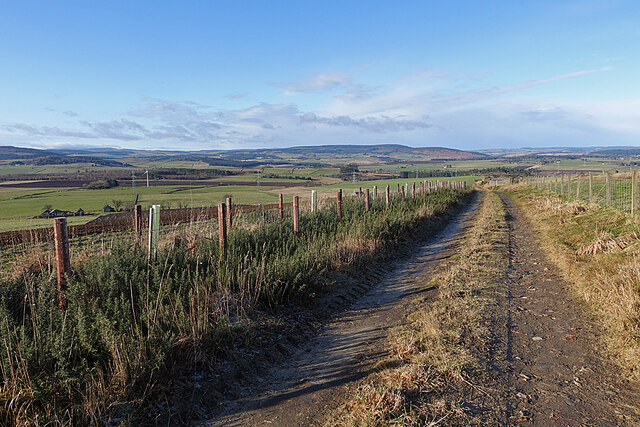

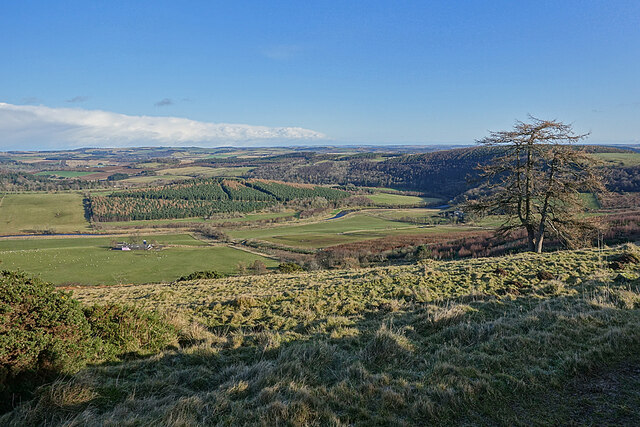
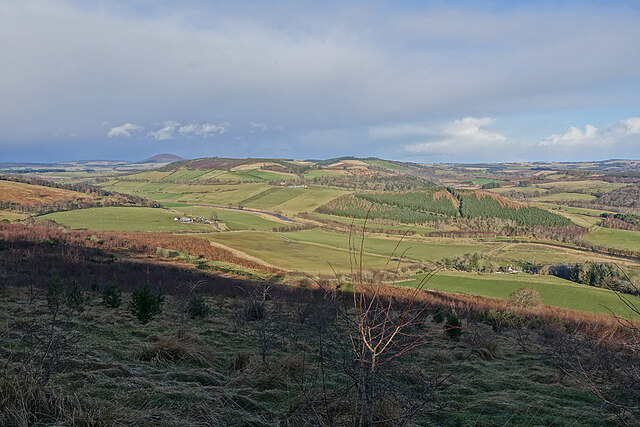
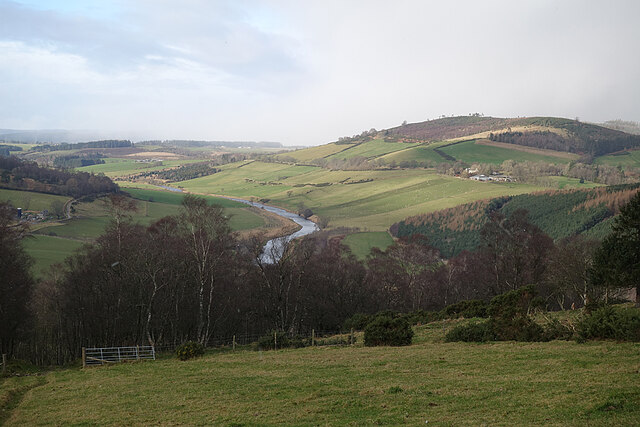
Woodfold Wood is located at Grid Ref: NJ5647 (Lat: 57.513041, Lng: -2.7280871)
Unitary Authority: Moray
Police Authority: North East
What 3 Words
///awaiting.cheetahs.globe. Near Aberchirder, Aberdeenshire
Nearby Locations
Related Wikis
Mountains Burn
Mountains Burn is a burn which marks the boundary of the parish of Huntly, Aberdeenshire, Scotland. == References ==
Fourman Hill
Fourman Hill is a hill located west of Bogniebrae, Aberdeenshire, Scotland. It has an elevation of 1,127 feet (344 m). A cairn near the summit marked the...
Milltown of Rothiemay
Milltown of Rothiemay (Scottish Gaelic: Ràth a' Mhuigh) is a small inland village, built mostly of granite, in the north-east of Scotland and is within...
River Isla, Moray
The River Isla (Scottish Gaelic: Uisge Ìle) is a tributary of the River Deveron in North-East Scotland. The area surrounding it is known as Strathisla...
Nearby Amenities
Located within 500m of 57.513041,-2.7280871Have you been to Woodfold Wood?
Leave your review of Woodfold Wood below (or comments, questions and feedback).
